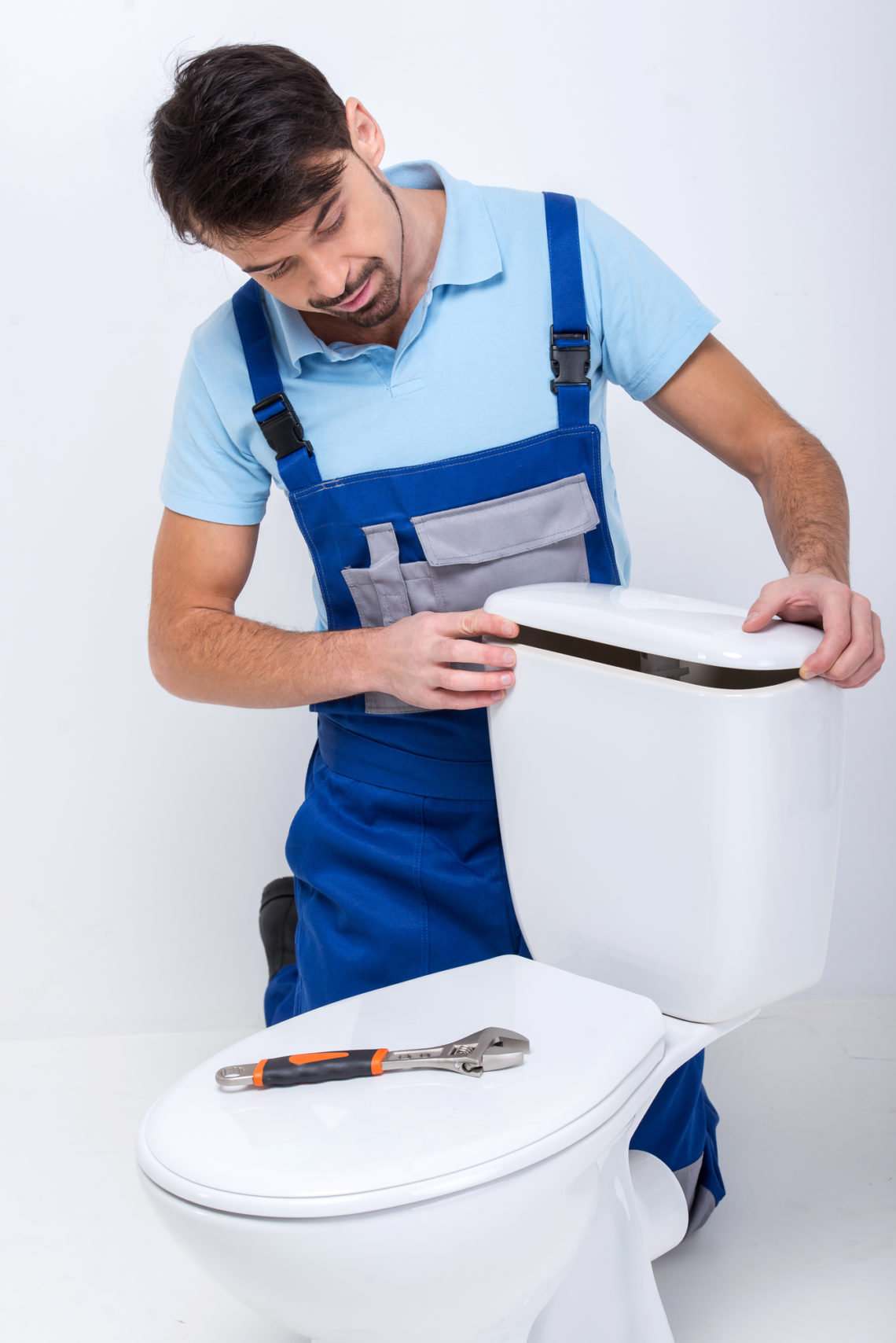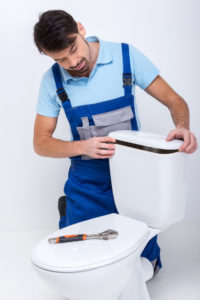
 Oh, those dreaded toilet drain problems. You know what I’m talking about. You flush the toilet and watch the water start to rise up to the rim, or worse, over the rim and onto the floor. What a mess! If you are up to the task of dealing with this fairly common plumbing problem yourself, the following DIY Toilet Drain 101 information may help you decide whether you should or not.
Oh, those dreaded toilet drain problems. You know what I’m talking about. You flush the toilet and watch the water start to rise up to the rim, or worse, over the rim and onto the floor. What a mess! If you are up to the task of dealing with this fairly common plumbing problem yourself, the following DIY Toilet Drain 101 information may help you decide whether you should or not.
The Importance of a Toilet Drain
The toilet drain is the opening in the subfloor of a bathroom that passes sewage from the toilet. When you flush, the water drops out of the tank, sweeps into the bowl, then carries the sewage from the bowl into the toilet drain. The toilet drain pipe leads to your house’s sewer main, where it carries the waste from your home out to the municipal or city waste system or to a septic tank. There could be big problems if it doesn’t function the way it’s supposed to.
How Do I Know If It’s Working Properly?
The most obvious sign that the toilet drain isn’t working properly is when you flush, the water and waste in the toilet starts to rise instead of being flushed away. Another more common sign is you start to notice a lack of force when you flush. This could be that the wax seal has deteriorated or has been damaged, or there’s not enough water being stored in the toilet tank.
Can I Fix the Problem Myself?
Most homeowners are accustomed to doing a little DIY plumbing from time to time. As a matter of fact, some novice “do-it-yourselfers” even enjoy it. A lot of toilet problems are caused by things like clogs in the drain, broken toilet tank chains and faulty seals. All fairly easy fixes with the right parts and tools. A good plunger can be your best friend. The important thing to admit is that if your plumbing problems are outside of your skill set, it is time to hire a plumber.
Keeping Your Toilet Drain Working Properly
It’s fairly easy to keep your toilet drain working properly. To keep the drain clear of clogs, you should only be flushing easily dissolvable paper products. Wipes, even some brands that claim to be “flushable,” may not break down fast enough. Paper products that don’t dissolve easily can cause clogging, especially in older pipes. Flushing feminine hygiene products commonly cause clogging as well. Also, avoid using harmful chemicals to deal with a clog because they can harm pipes and cause even bigger problems.
When Should I Call a Plumber?
Some toilet drain issues require a lot more than a plunger to fix the problem, and in particularly bad cases, call for major work to be done. They go beyond a novice skill level. The key to a DIY toilet drain project is to use your best judgement. If you’ve had some experience dealing with your current plumbing problem and you’re hoping to keep costs down, it might be worth giving it a try. Bear in mind, however, that sometimes what seems like a straightforward toilet drain problem might end up being something more challenging.
Plumbing issues can be complex, and water can be extremely destructive to property. Bottom line, there simply isn’t a substitute for a professional plumber’s experience and know-how.
If you’re ready to pass on trying to fix your toilet drain yourself, give us a call. We’re your local full-service plumbing and drain cleaning experts.
1 Comment
Bobbie
February 5, 2017
I have exactly what info I want. Check, please. Wait, it’s free? Awseome!
Write a comment: